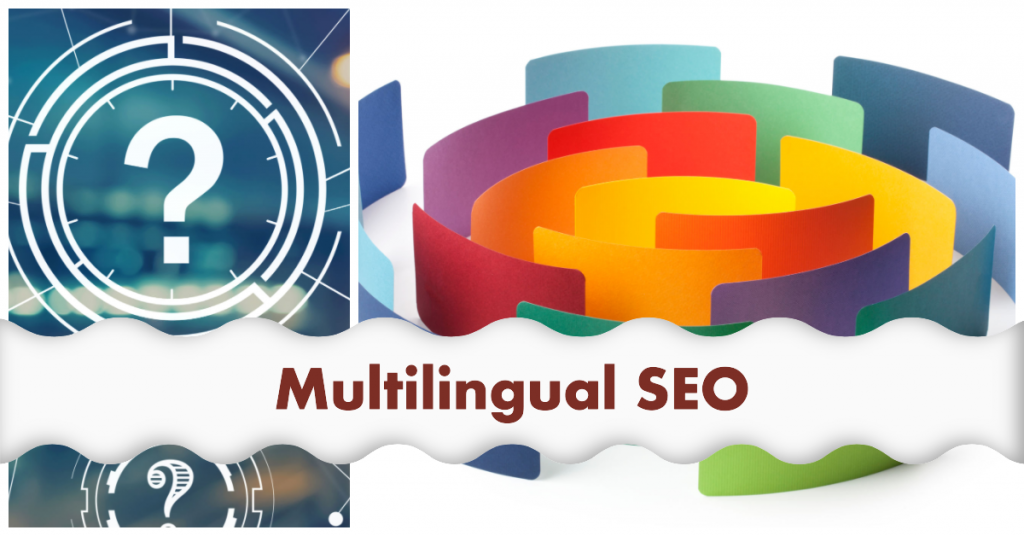If you want to reach a global audience with your website, you need to consider multilingual SEO. Multilingual SEO is the practice of optimizing your website content for different languages and regions, so that users can find your site in their preferred language and location. In this blog post, we will explain what multilingual SEO is, why it is important, and how to do it effectively.
Table of Contents
What is multilingual SEO?
Multilingual SEO is the process of making your website accessible and relevant to users who speak different languages and live in different countries. It involves translating your content into multiple languages, using appropriate keywords, URL structures, meta tags, hreflang tags, and other elements to help search engines understand the language and target audience of each page. Multilingual SEO also requires adapting your content to the cultural and linguistic nuances of each market, such as using local currency, date formats, units of measurement, and tone of voice.
Why is multilingual SEO important?
Multilingual SEO can help you expand your reach, increase your traffic, and boost your conversions. According to a report by We Are Social and Hootsuite, there are over 4.6 billion internet users worldwide, and only 25% of them speak English as their first or second language. That means there are billions of potential customers who might not find your website if it is only in English. Moreover, research by Common Sense Advisory shows that 75% of online shoppers prefer to buy products in their native language, and 60% rarely or never buy from English-only websites. Therefore, by offering your website in multiple languages, you can cater to the preferences and needs of a diverse and global audience.
“Also Read: Link Baiting“
How to do multilingual SEO?
Multilingual SEO can be challenging, but not impossible. Here are some steps you can follow to implement it successfully:
1. Choose the right languages and markets for your website. You need to do some research and analysis to identify which languages and countries have the most demand and potential for your products or services. You can use tools like Ahrefs Keywords Explorer to find out the search volume and difficulty for your target keywords in different languages and regions. You can also use Google Analytics or Google Search Console to see where your current traffic is coming from and which pages are performing well.
2. Choose the best URL structure for your multilingual website. You need to decide how to organize your website URLs for different languages and regions. There are three main options: using separate domains (e.g., example.com for English and example.fr for French), using subdomains (e.g., en.example.com for English and fr.example.com for French), or using subfolders (e.g., example.com/en for English and example.com/fr for French). Each option has its pros and cons in terms of SEO, usability, maintenance, and cost. You need to weigh them carefully and choose the one that suits your goals and resources best.
3. Translate and optimize your content for each language and market. You need to translate your content into each language you want to target, using professional translators or translation tools. You also need to optimize your content for each market, using relevant keywords, meta tags, headings, images, links, and other elements that match the search intent and expectations of your audience. You need to make sure that your content is clear, accurate, consistent, engaging, and culturally appropriate for each language and region.
4. Use hreflang tags to tell Google about your multilingual pages. You need to use hreflang tags to indicate the language and region of each page on your website. Hreflang tags are HTML attributes that tell Google which version of a page to show to a user based on their language or location settings. For example, if you have an English page with a French version, you can use hreflang tags like this:
<link rel=”alternate” href=”https://example.com/en” hreflang=”en” />
<link rel=”alternate” href=”https://example.com/fr” hreflang=”fr” />
This way, Google will know that these pages are alternate versions of each other and will show the appropriate one to the user.
5. Monitor and measure your multilingual SEO performance. You need to track and analyze how your multilingual website is performing in terms of traffic, rankings, conversions, and other metrics. You can use tools like Google Analytics or Google Search Console to see how many users are visiting your website from different languages and regions, which pages are getting the most clicks and impressions, which keywords are driving the most traffic, and how well you are converting your visitors into customers. You can also use tools like Semrush or Ahrefs to see how you are ranking for your target keywords in different markets and how you compare to your competitors. You can use this data to identify and fix any issues, optimize your content, and improve your multilingual SEO strategy.
“Also Read: How to Optimize Your Website?“
Conclusion
Multilingual SEO is a powerful way to reach a global audience and grow your business online. By following the steps above, you can create a multilingual website that is accessible, relevant, and engaging for your target users in different languages and regions. You can also increase your visibility, traffic, and conversions in organic search results. Multilingual SEO can be complex and time-consuming, but it is worth the effort and investment. If you need help with multilingual SEO, you can contact us at example.com. We are a professional multilingual SEO agency that can help you create and optimize your website for multiple languages and markets.
Ready to start your multilingual SEO journey? Contact us today and let us help you reach new markets and grow your business online.
